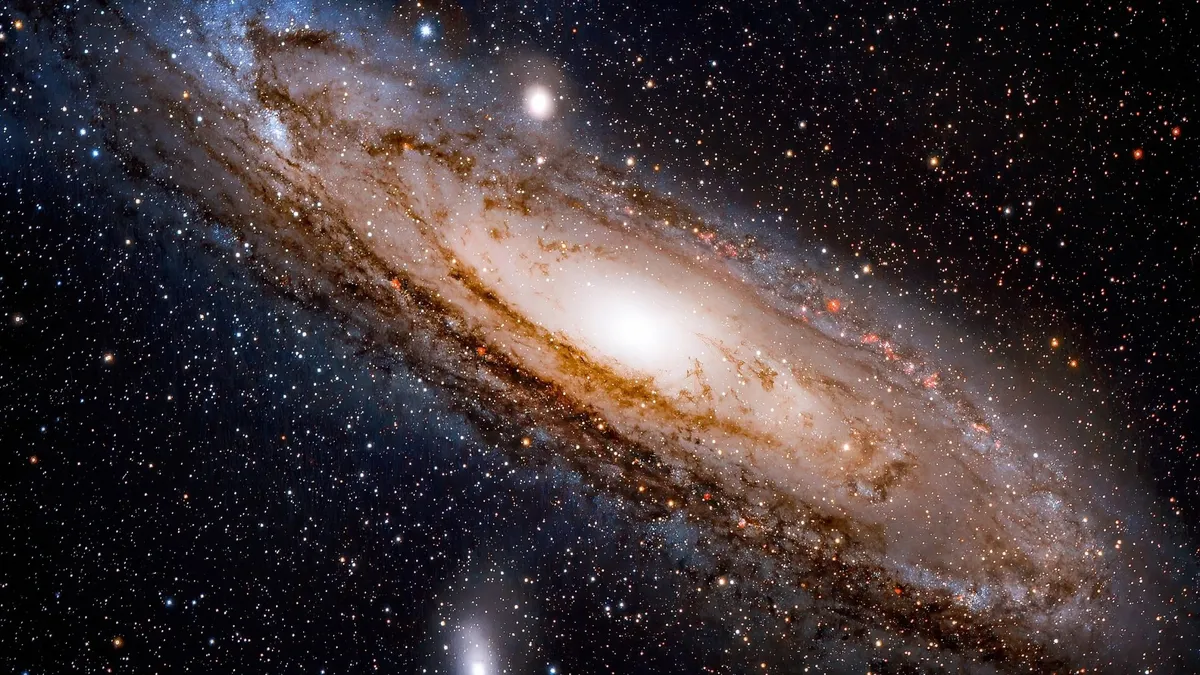You know that bar at the center of our galaxy? It’s like this huge thing, spanning thousands of light-years, connecting all those swirling arms of stars. Picture a spinning lawn sprinkler shooting out streams of water—that’s kind of what it looks like. Now, scientists thought this bar formed super early in the Milky Way life, like billions of years ago. But here’s the shocker: new research suggests it might be way younger than we thought.
Metal-Rich Stars Hold Secrets
These stars, loaded with metals, are like ancient history books telling tales about our galaxy. When stars explode, they throw out metals they’ve made from lighter stuff. And these metals, they enrich the core of galaxies like ours. That’s where the newer metal-rich stars come from. And get this—the Milky Way’s bar had a hand in scattering these stars all over the place.

Gaia’s Clues
Using data from the Gaia space telescope, scientists tracked the movements of these metal-rich stars to piece together the bar’s story. It’s like figuring out where batters stand in a baseball game by watching where the balls they hit go. These stars’ ages revealed something interesting: there was this burst of star formation in the galaxy’s center about 3 billion years back. And that’s when the bar’s growth phase hit the brakes, the researchers found. It’s like the bar reached its final form after that burst, and there wasn’t much new stuff flowing into it.
A Younger Bar
So, what’s the scoop? Turns out, the bar we see today might be way younger than the rest of the galaxy—like, about 10 billion years younger. It’s like finding out your grandma’s favorite antique vase is actually a replica from last year!
Gaia’s Potential
The Gaia telescope’s dishing out loads of cool data, and these insights about the metal-rich stars are just the start. Scientists like Cristina Chiappini are excited because if this new bar age pans out, it means our future models of the galaxy’s evolution need a serious update. We’ve got to figure out why this bar took so long to come into its own.
Looking Beyond Our Galaxy
This discovery isn’t just about our the Milky Way; it has bigger implications. According to Ortwin Gerhard, who wasn’t part of this research, the detailed data from Gaia could tell us a lot about bars in other galaxies too. It’s like we’re using our galaxy as a cheat sheet to understand what’s happening in the cosmic neighborhood.
The Bottom Line
Our galaxy’s got some surprises up its sleeve, and this younger bar is just the beginning. With Gaia’s treasure trove of data, we’re in for a wild ride figuring out how galaxies like ours grow and change over time
